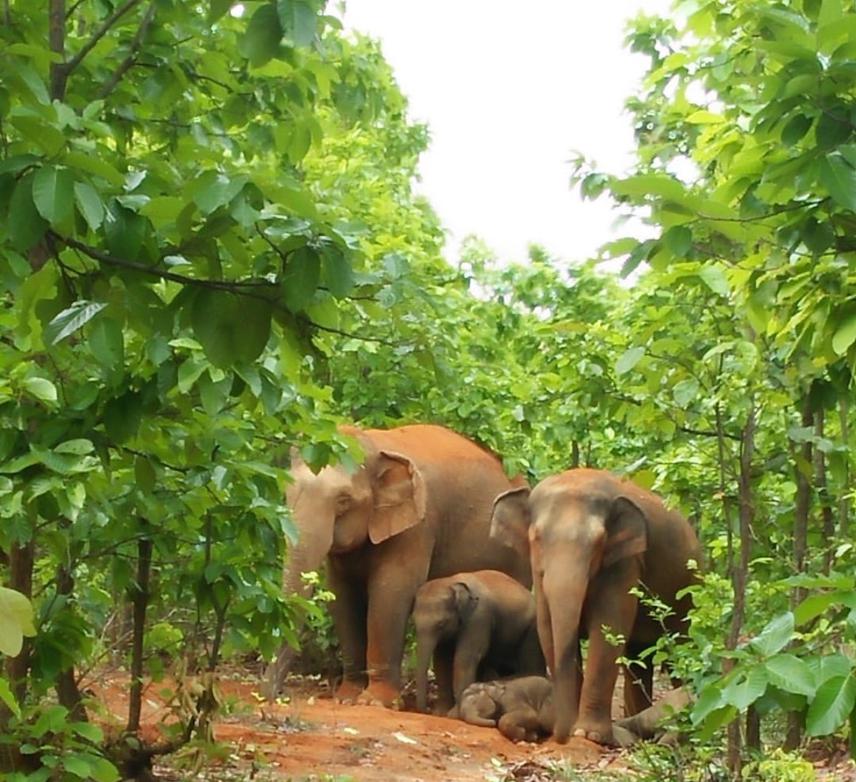Samya Basu
Other projects
7 May 2010
Elephant Habitat Restoration Programme and Human-Elephant Conflict Mitigation in Mayurjharna Elephant Reserve, West Bengal, India
29 Nov 2011
Community Capacity Building & Conservation Education to Mitigate Man-Elephant Conflict & Conservation of Eastern India Elephant Population in West Bengal, India
21 May 2015
Living with Harmony – A Community Based Initiative to Develop a Comprehensive Management Plan to Mitigate Human-Elephant Interaction, Southern West Bengal, India
22 Aug 2017
Living with Elephants: Conservation of Endangered Asian Elephants and Threatened Corridors through Human-Elephant Interaction Mitigation in West Bengal, India
The ultimate goal of this project is to develop a better participatory management plan of elephant habitats.

The Asian Elephant is considered as Endangered (EN A1cd) and has been given the highest level of protection in India by its inclusion in Schedule I of the Indian Wildlife (Protection) Act 1972. Despite these conservation measures, the survival of the elephant continues to be threatened by fragmentation and degradation of natural habitat, poaching for ivory and human-elephant conflict. The Mayurjharna is only Elephant Reserve in southern part of West Bengal with an area of 414 Km2. In Mayurjharna ER the number of elephants was 45 in 1987, 56 in 2002 and 2004, but the number increase to 96 in 2005 (Ref. Census in Elephant Reserves in India, 2005). It causes a major scarcity of fodders and increases man-elephant conflict. Another problem that may insists elephants to come into villages be the absence of saltlicks with water facilities within forest area. It also results loss of crops, human life and sometimes elephant life also. To minimize the problem the availability of fodders should be assured within the forest and corridors. In this study we will study the fodder availability, regeneration rate and ways of ecological restoration of elephants corridors.
We will establish a network with Forest Department, NGOs, Academic Institutions in the study area to interact with the stakeholders. In capacity building and sensitization programme we will discuss the ‘Do’s & Don’ts’ to reduce crop damage, conflicts etc. Awareness materials will be developed and circulated among stakeholders. Electronic media and print media will be a part of this session. Community interaction and documentation of nature and frequency of man-elephant conflict during crop time and other time will be done for comparative study to prepare better management plan to reduce conflict. The data collected through field surveys and community interaction will help to develop a scientific and planned management for conservation of elephant habitats and viable population of wild elephants in Mayurjharna Elephant Reserve. The conservation education and awareness programme to forest fringe village will initiate a participatory management of forest resources and crucial habitats of elephants. The study will help to reduce unwanted man-elephant conflict. It will augment the ecological need of elephant for seasonal migration. This data will be utilised to develop a better participatory management plan for conservation elephant habitation, ecological restoration of elephant corridors with natural habitat of Mayurjharna Elephant Reserve and reduce human-elephant conflict.